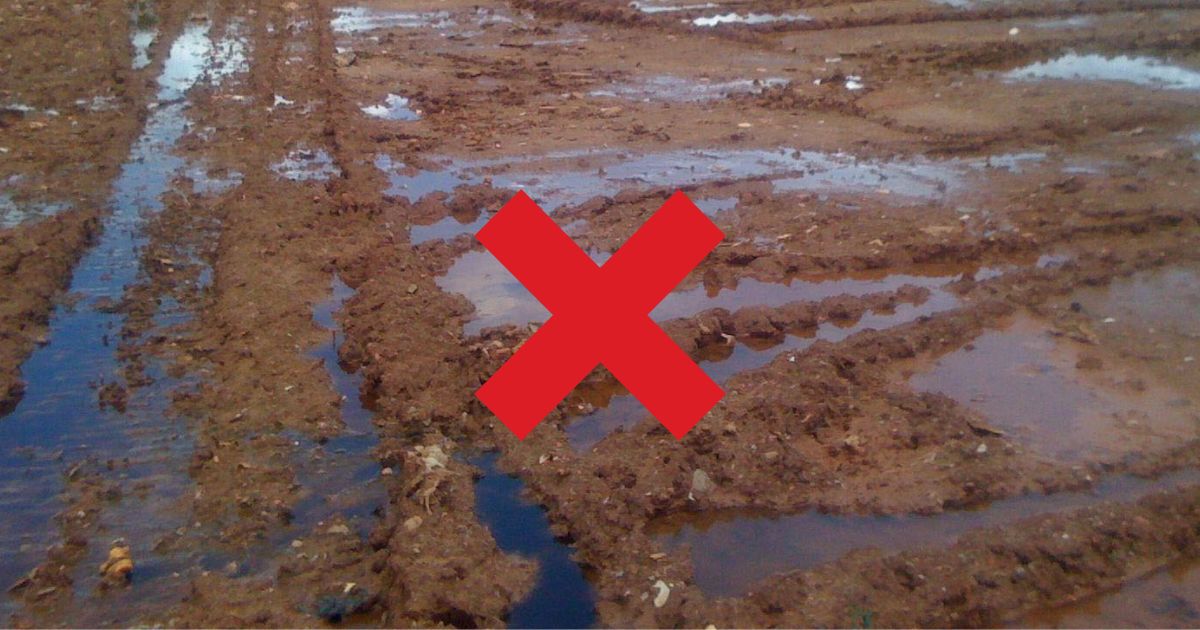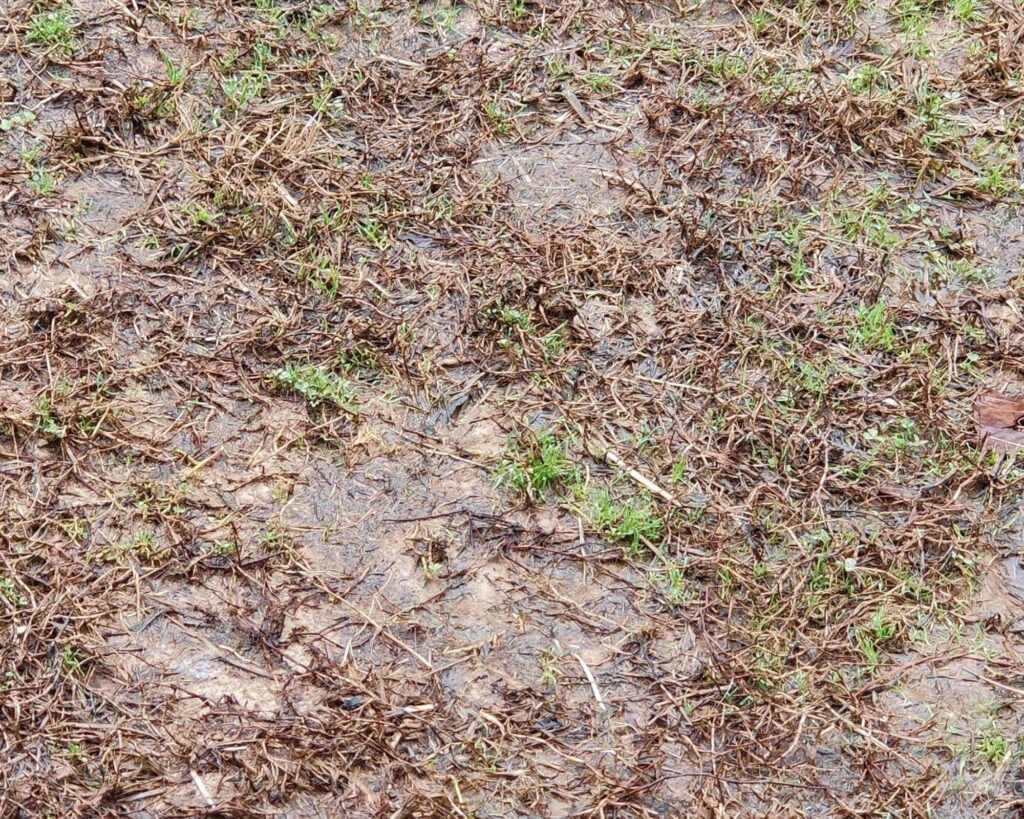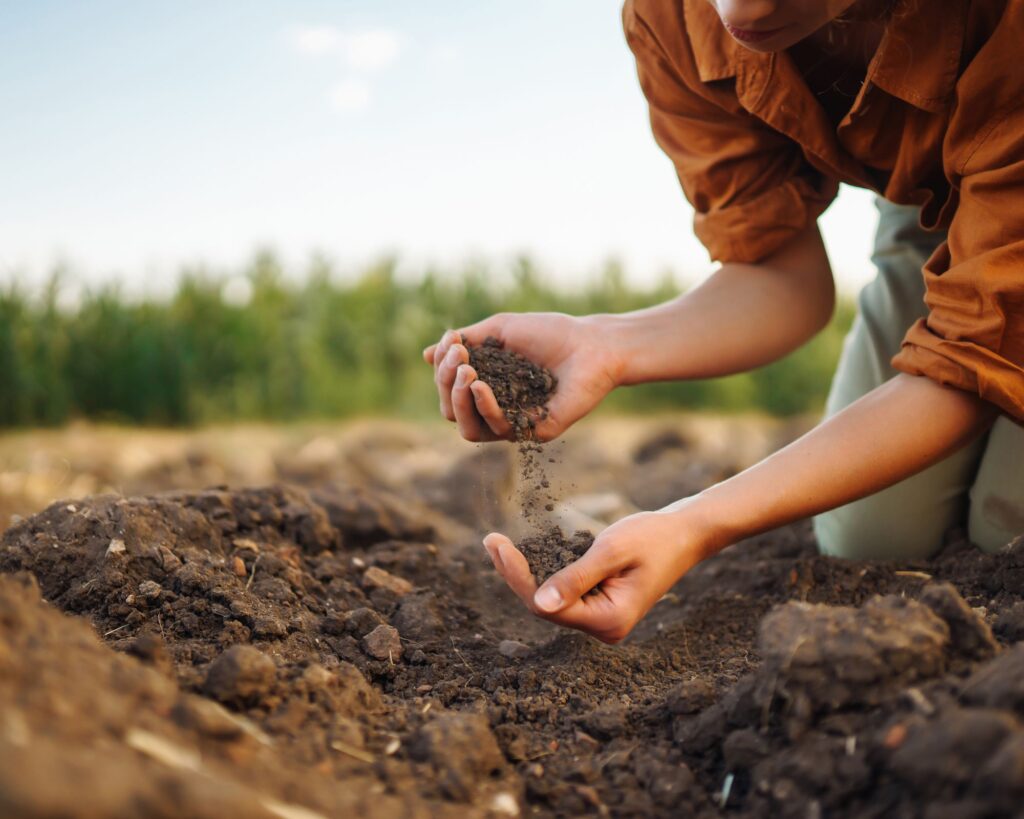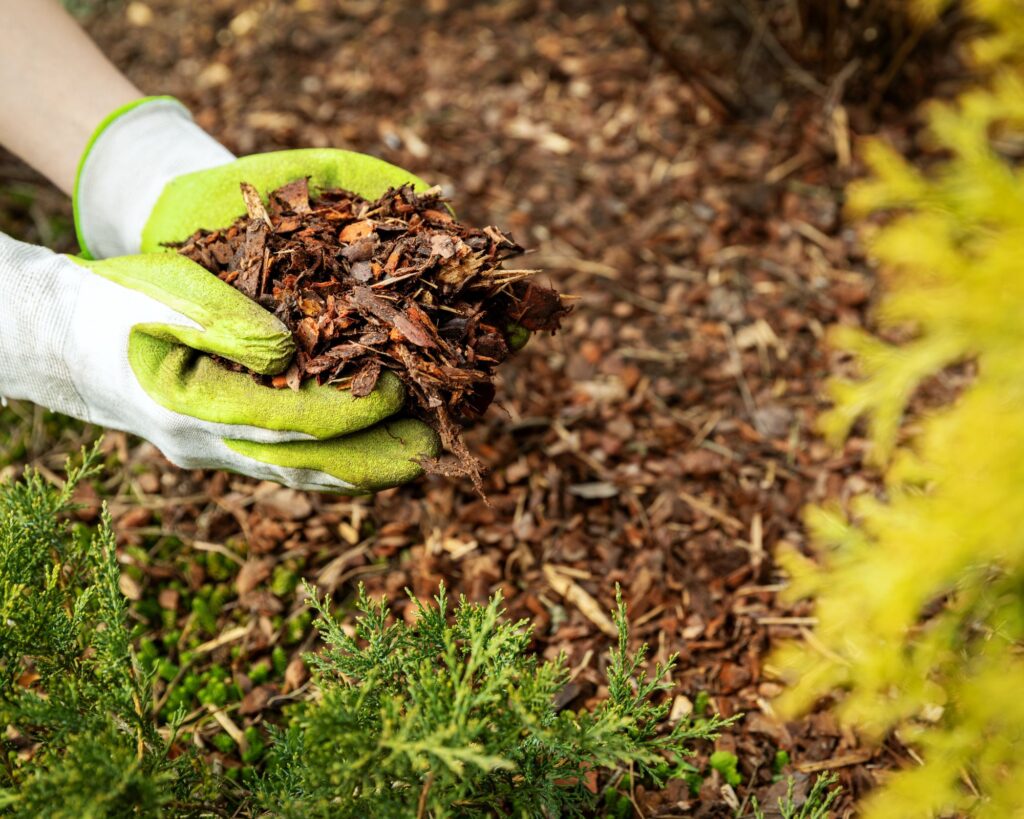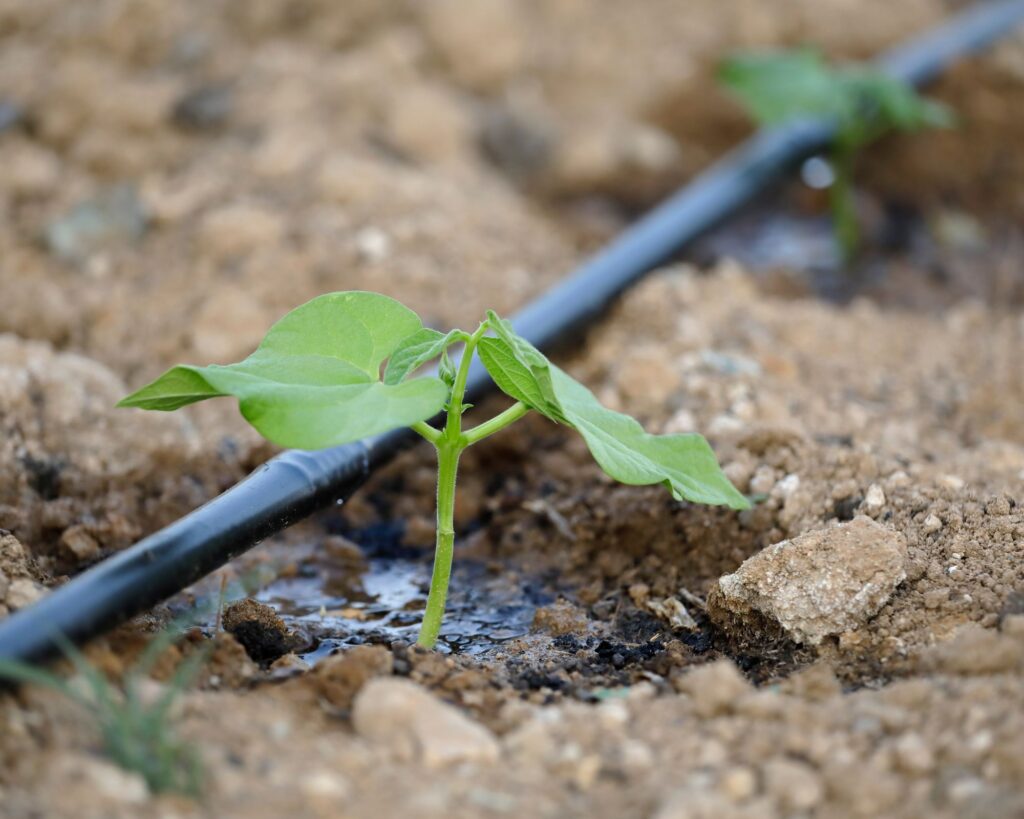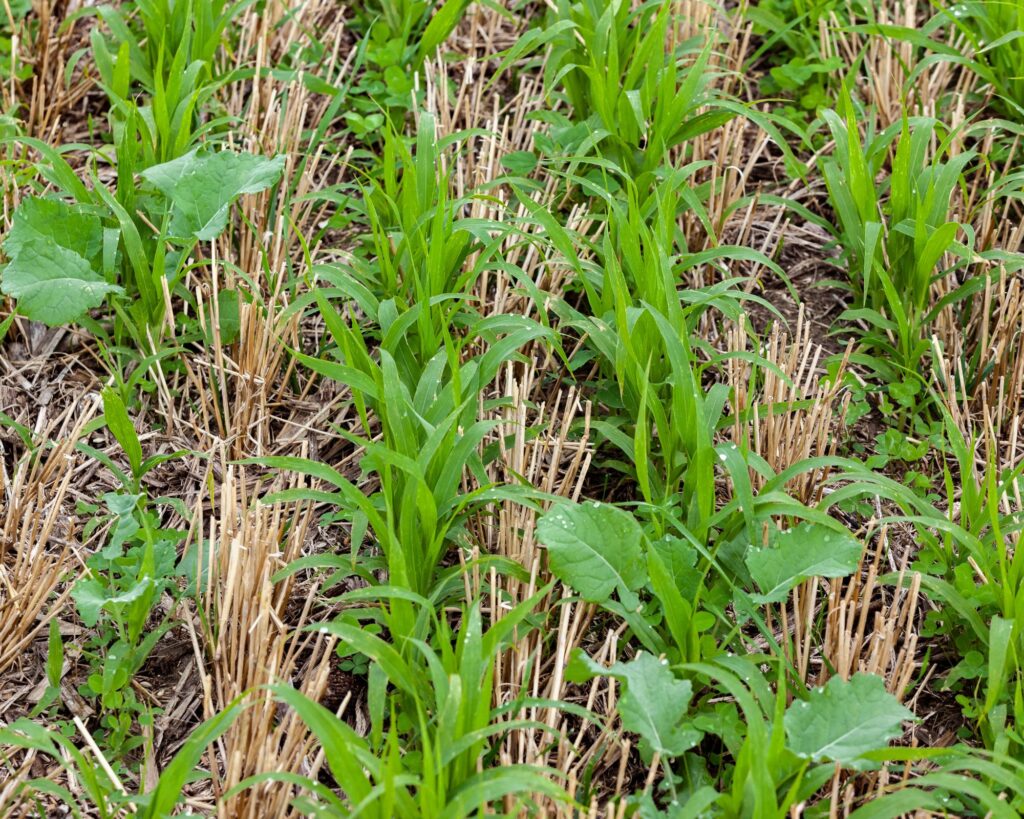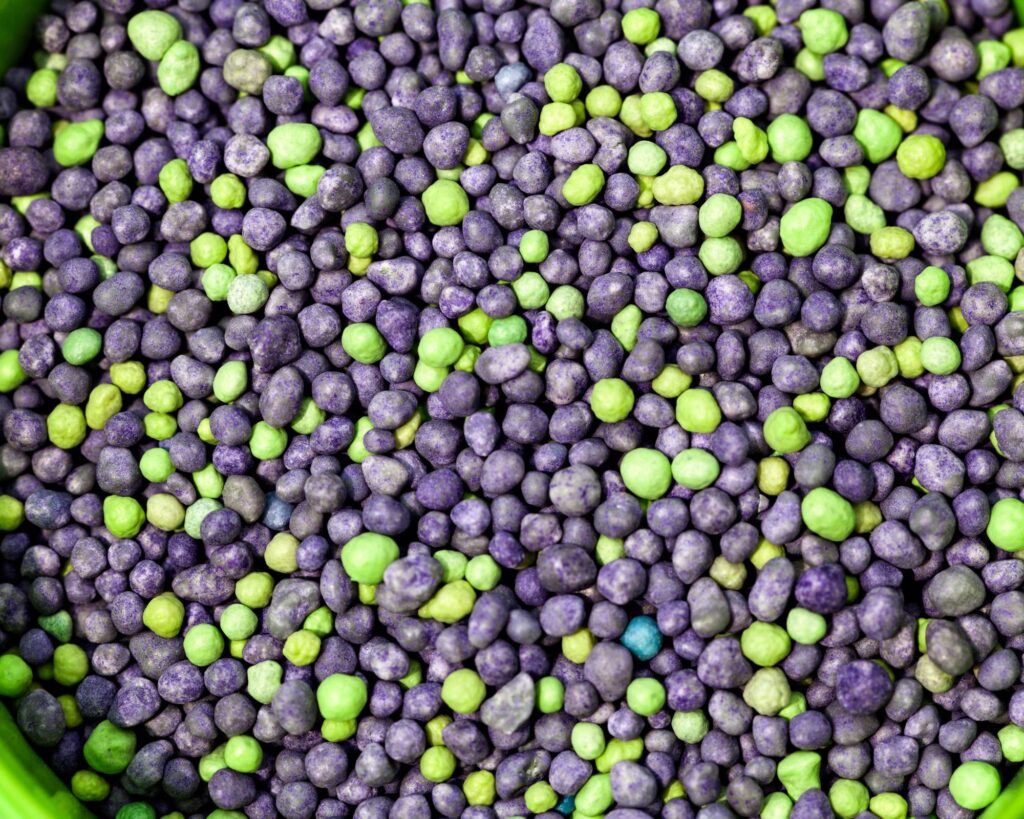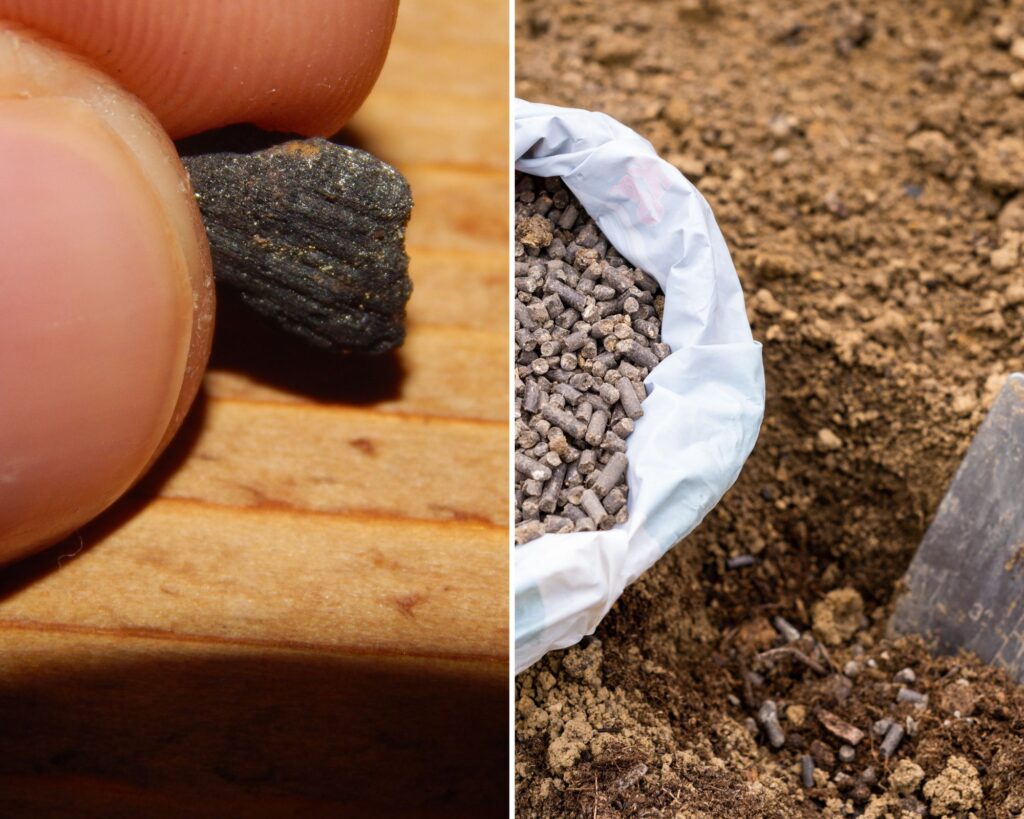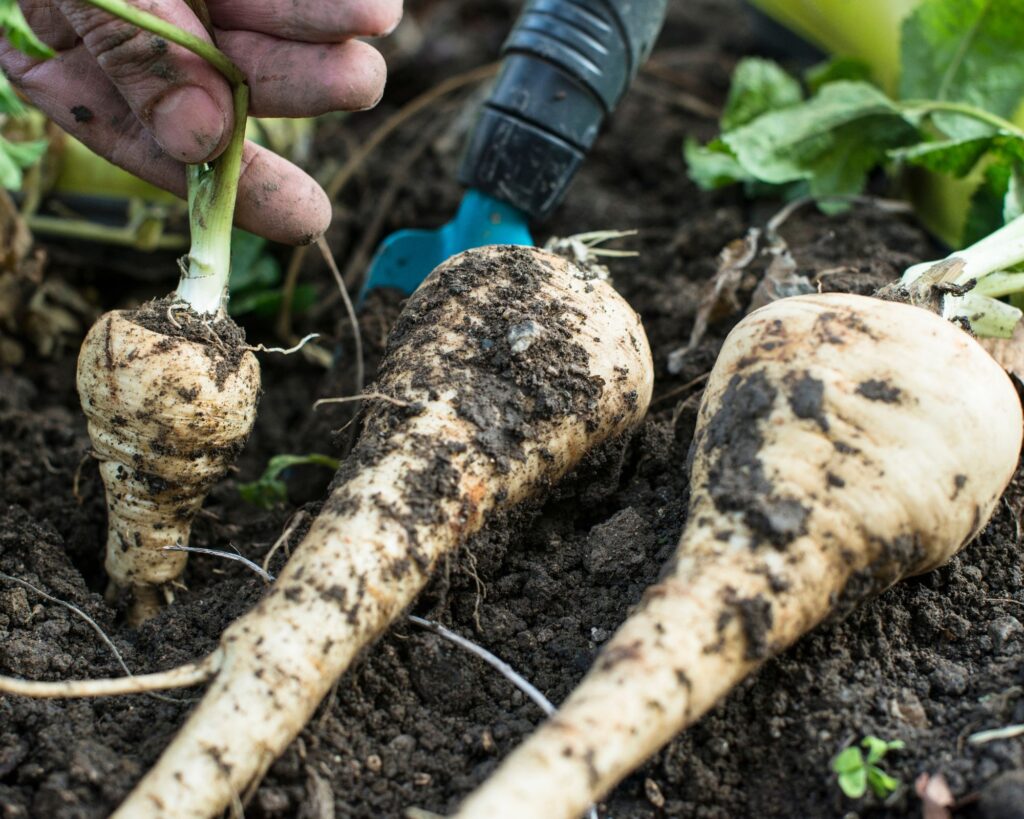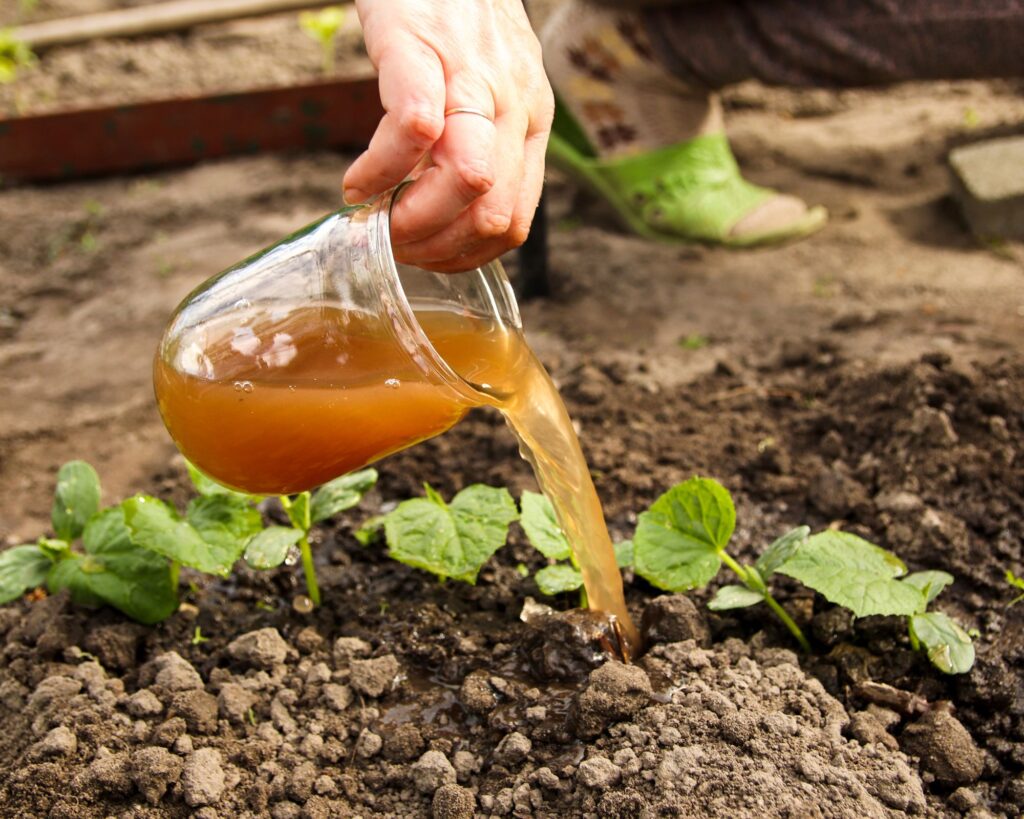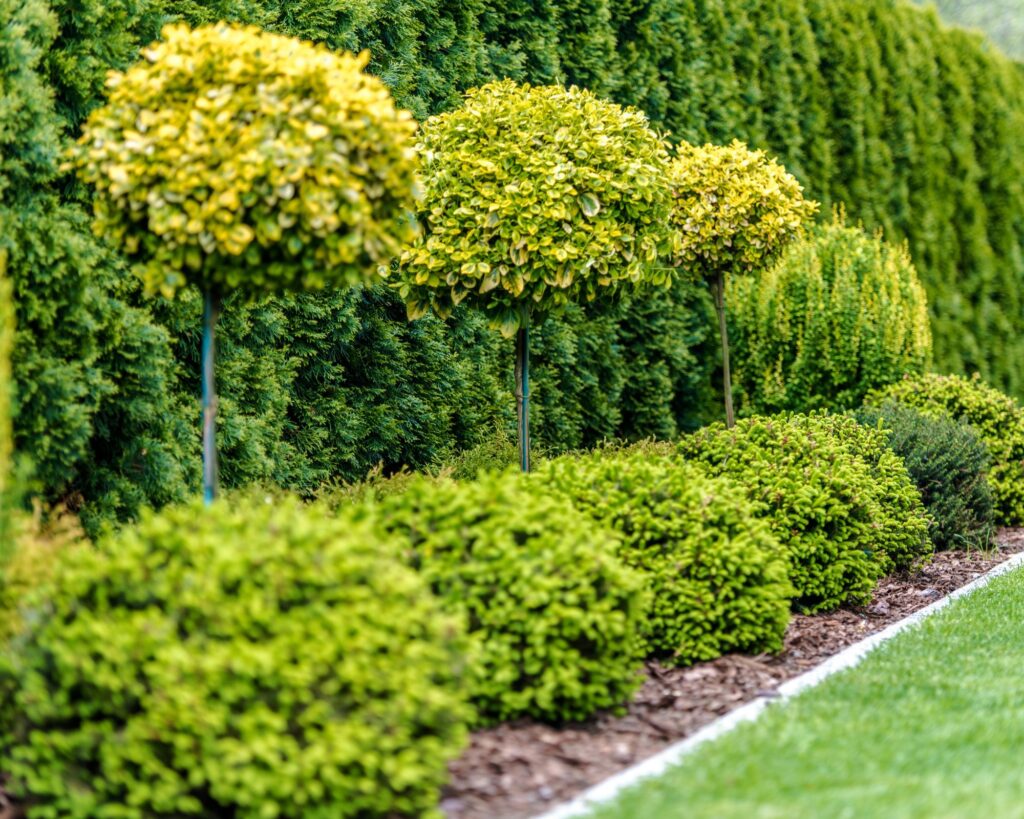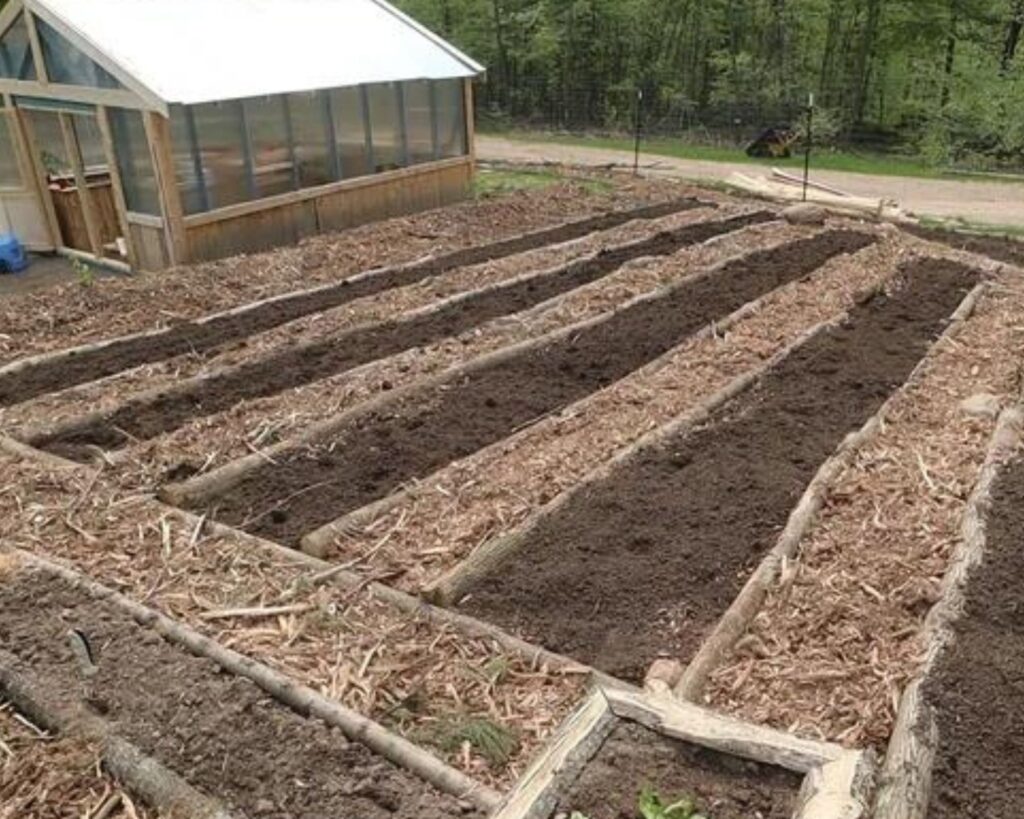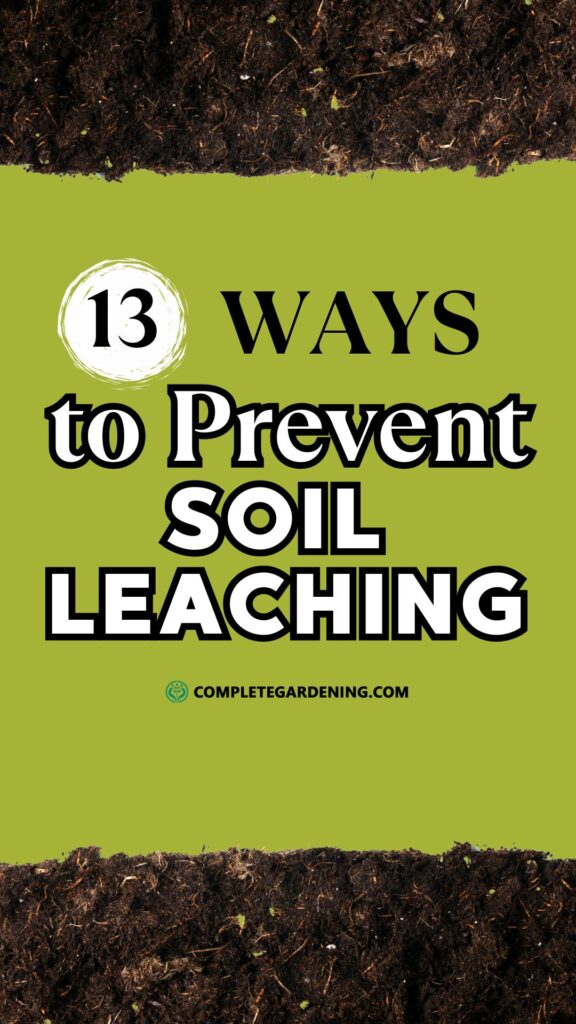Soil health is the lifeblood of a flourishing garden, but there’s a hidden threat that can silently sabotage all your efforts – soil leaching.
This natural yet troublesome process occurs when excess water washes away essential nutrients, leaving your plants struggling and soil depleted.
Heavy rains, over-irrigation, and even sandy soils can turn your once-rich garden bed into a nutrient-starved wasteland. But don’t worry, there’s a way to stop it!
If you’re tired of watching your plants wither despite your best efforts, it’s time to tackle soil leaching head-on.
In this article, you’ll learn exactly what soil leaching is, why it happens, and discover 13 expert tips to prevent it. With the right strategies in place, you can protect your soil’s health and keep your garden lush, vibrant, and thriving all season long.
What is Soil Leaching?
Soil leaching refers to the process where water percolates through the soil and carries away nutrients, such as nitrogen, potassium, magnesium, and calcium. This loss of nutrients can hinder plant growth and make the soil less fertile over time.
Leaching typically happens when soil is exposed to heavy rainfall or over-irrigation, especially in sandy soils that drain quickly.
Without adequate organic matter or proper soil structure, the soil fails to retain essential nutrients, leading to nutrient deficiencies in plants.
Why Preventing Soil Leaching is Important?
Preventing soil leaching is key to maintaining a healthy and vibrant garden. Here are a few reasons why it’s crucial:
1. Maintains Soil Fertility: Preventing nutrient loss ensures that the soil remains fertile, supporting plant growth and development.
2. Protects Plant Health: Nutrient-rich soil fosters healthier plants, improving their resistance to pests, diseases, and environmental stress.
3. Promotes Sustainable Gardening: Minimizing soil leaching reduces the need for frequent fertilization, making your garden more sustainable and eco-friendly.
4. Prevents Groundwater Contamination: Excess nutrients from leaching can seep into groundwater, potentially causing environmental issues like algal blooms in nearby water bodies.
Now that we understand the importance of addressing soil leaching, let’s explore 13 expert tips to help you prevent it in your garden.
1. Incorporate Organic Matter into the Soil
Adding organic matter is one of the most effective ways to improve soil structure and reduce leaching. Organic materials, such as compost, aged manure, and leaf mold, enhance the soil’s ability to retain water and nutrients.
This increased water-holding capacity prevents nutrients from being washed away during heavy rain or irrigation.
– How to Do It: Incorporate compost or well-decomposed organic matter into your garden soil at least once or twice a year. Spread a 2-3 inch layer of compost over the soil surface and mix it into the top 6-8 inches of soil.
This not only helps with nutrient retention but also improves soil aeration and drainage.
– Benefits: Organic matter acts like a sponge, holding onto water and nutrients, releasing them slowly to plants. This helps create a balanced and nutrient-rich environment, reducing the likelihood of leaching.
2. Use Mulch to Protect the Soil Surface
Mulching is an excellent way to reduce soil leaching by protecting the soil surface and minimizing water runoff. Mulch acts as a barrier, reducing the impact of heavy rain or irrigation, and slowing down water infiltration.
This allows the soil to absorb water more gradually, minimizing nutrient loss.
– How to Do It: Apply a 2-4 inch layer of organic mulch, such as straw, wood chips, leaves, or grass clippings, around the base of plants. Ensure the mulch is kept a few inches away from plant stems to prevent rot.
– Benefits: Mulching not only prevents soil leaching but also helps regulate soil temperature, conserves moisture, and suppresses weeds. As organic mulch breaks down, it further enriches the soil with nutrients.
3. Implement Proper Irrigation Techniques
Overwatering is one of the main causes of soil leaching in gardens. To prevent this, use irrigation methods that provide water in controlled amounts, reducing the chances of excess water washing away nutrients.
– How to Do It: Switch to drip irrigation or soaker hoses, which deliver water directly to the plant roots in a slow, steady manner. Avoid using sprinklers, which can lead to surface runoff and soil erosion.
Water your garden early in the morning when evaporation rates are lower.
– Benefits: Controlled watering methods like drip irrigation reduce water wastage, promote deep root growth, and minimize nutrient leaching by providing just enough water for plant uptake.
4. Grow Cover Crops
Cover crops, also known as green manure, are plants grown primarily to cover the soil rather than for harvest. These crops help prevent soil leaching by protecting the soil surface, reducing erosion, and adding organic matter when they decompose.
– How to Do It: Plant cover crops such as clover, rye, vetch, or legumes in garden beds during the off-season or between crop rotations. Once they mature, cut them down and mix them into the soil to act as green manure.
– Benefits: Cover crops’ roots hold the soil in place, reducing runoff and nutrient loss. They also add organic matter to the soil when tilled in, further enhancing soil fertility and structure.
5. Add Slow-Release Fertilizers
Traditional water-soluble fertilizers can easily leach away with excess water, leading to nutrient loss and potential environmental issues. Instead, opt for slow-release fertilizers, which break down gradually and provide nutrients over an extended period.
– How to Do It: Choose organic slow-release fertilizers like compost, bone meal, or slow-release granules formulated for garden use. Apply these fertilizers according to the recommended schedule and avoid over-fertilizing.
– Benefits: Slow-release fertilizers release nutrients in small, steady amounts, reducing the risk of leaching. This approach helps maintain a balanced nutrient supply for plants throughout the growing season.
6. Improve Soil Drainage
Poorly drained soil, such as clay soil, can exacerbate leaching problems by causing water to accumulate and carry away nutrients. Improving soil drainage helps water move through the soil more evenly, reducing the risk of nutrient loss.
– How to Do It: Incorporate organic matter, sand, or perlite into heavy clay soils to improve aeration and drainage. For garden beds, consider building raised beds with a well-draining soil mix.
You can also create small trenches or channels in the garden to direct excess water away from plant roots.
– Benefits: Enhanced drainage prevents waterlogging and minimizes nutrient runoff, promoting a healthier, more productive garden environment.
7. Use Soil Amendments
Soil amendments, such as biochar, perlite, or vermiculite, can significantly improve soil structure and nutrient retention. Biochar, in particular, is highly porous and can hold onto nutrients and water, releasing them slowly to plants over time.
– How to Do It: Mix biochar, perlite, or vermiculite into the soil at planting time. For best results, combine these amendments with organic matter like compost.
The improved soil structure will help retain water and nutrients more effectively, reducing the risk of leaching.
– Benefits: These soil amendments increase soil aeration and water-holding capacity, allowing for more balanced moisture levels and minimizing nutrient runoff.
8. Avoid Over-fertilization
Over-fertilizing your garden can lead to excess nutrients in the soil, which are easily leached away by heavy rains or overwatering.
Applying more fertilizer than necessary not only increases the risk of nutrient leaching but also can harm plants and the environment.
– How to Do It: Always follow recommended application rates when using fertilizers.
Conduct a soil test to identify the nutrient levels in your garden before adding any fertilizers, ensuring that you’re addressing specific deficiencies rather than applying unnecessary amounts.
– Benefits: This approach prevents the accumulation of excess nutrients in the soil, reducing the risk of leaching and promoting a balanced, healthy soil environment for your plants.
9. Plant Deep-Rooted Crops
Deep-rooted crops and plants can access nutrients from deeper soil layers, helping to reduce nutrient leaching in the topsoil. These plants can also improve soil structure by creating channels that enhance water infiltration and retention.
– How to Do It: Include deep-rooted plants like carrots, parsnips, tomatoes, and various perennial herbs in your garden plan. These plants help “mine” nutrients from deeper layers, reducing the chance of leaching at the surface level.
– Benefits: Deep-rooted crops utilize nutrients that might otherwise be washed away, promoting a more efficient use of soil resources and minimizing leaching.
10. Utilize Terracing or Contour Gardening
For gardens on a slope, soil erosion and leaching can be more pronounced.
Implementing terracing or contour gardening helps slow down water runoff and provides an opportunity for water to penetrate the soil rather than washing away nutrients.
– How to Do It: Create terraces or raised beds along the contour of the slope in your garden. Plant grass or ground cover plants on the edges of these terraces to stabilize the soil and reduce erosion.
– Benefits: Terracing and contour gardening significantly reduce water runoff, allowing soil to absorb water slowly and evenly. This method is particularly effective in hilly or uneven garden plots.
11. Apply Liquid Seaweed or Compost Tea
Applying liquid seaweed or compost tea to your garden can help strengthen plant roots and enhance their nutrient uptake.
These organic liquid fertilizers contain trace minerals that promote root growth, which in turn helps plants better utilize nutrients in the soil and reduce the risk of leaching.
– How to Do It: Prepare compost tea by steeping compost in water for 24–48 hours, then apply it to the soil around your plants. Liquid seaweed can be purchased and diluted with water according to package instructions.
Apply these solutions during the growing season to boost plant health and nutrient absorption.
– Benefits: Liquid seaweed and compost tea provide a quick nutrient boost while also stimulating root development, making plants more efficient in utilizing soil nutrients and minimizing leaching.
12. Create a Windbreak
High winds can increase soil erosion, particularly in sandy or light soils, leading to increased leaching. Establishing a windbreak using shrubs, trees, or tall plants helps reduce wind speed and soil disturbance.
– How to Do It: Plant dense, wind-resistant shrubs, trees, or tall perennials around the perimeter of your garden to act as a natural windbreak. This practice is especially useful in open, exposed areas prone to strong winds.
– Benefits: A windbreak protects the soil surface, reduces erosion, and helps retain soil moisture, which in turn reduces the potential for nutrient leaching.
13. Practice No-Till Gardening
Tilling the soil can disrupt its structure, exposing it to erosion and increasing the risk of nutrient loss. No-till gardening involves minimizing soil disturbance, allowing soil microorganisms to thrive, which improves nutrient retention.
– How to Do It: Instead of tilling, add compost and mulch directly on top of the soil. When planting, create small holes or trenches just big enough for the plant roots. Allow the organic material to naturally break down and enrich the soil.
– Benefits: No-till gardening preserves soil structure, enhances microbial activity, and increases organic matter in the soil. This helps to prevent leaching by promoting a stable, nutrient-rich environment.
Preventing soil leaching is crucial to maintaining a healthy, vibrant garden that thrives year-round.
Each of these methods works together to keep nutrients where they belong – in the soil, nourishing your plants.
With these expert tips in hand, you can ensure your garden stays lush, productive, and sustainable season after season.
